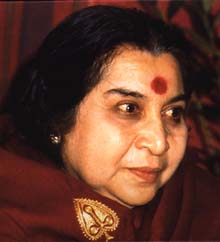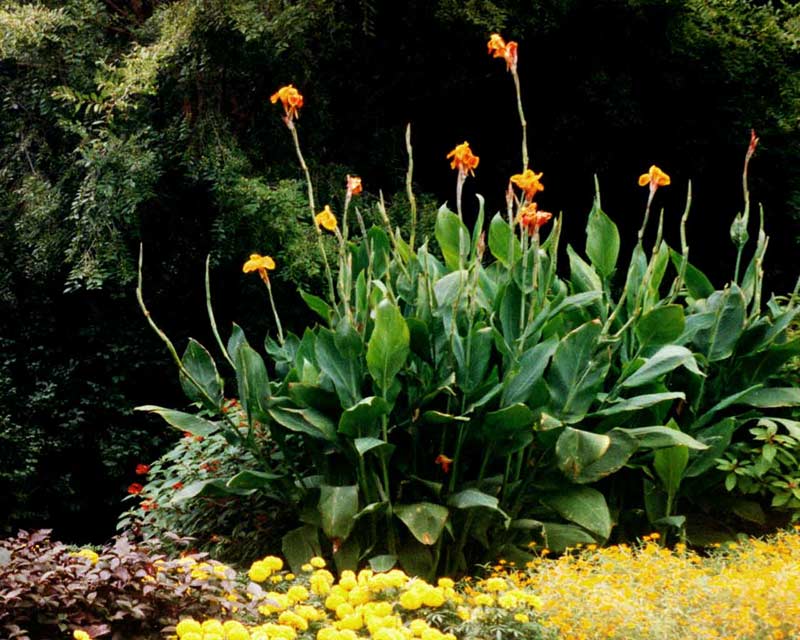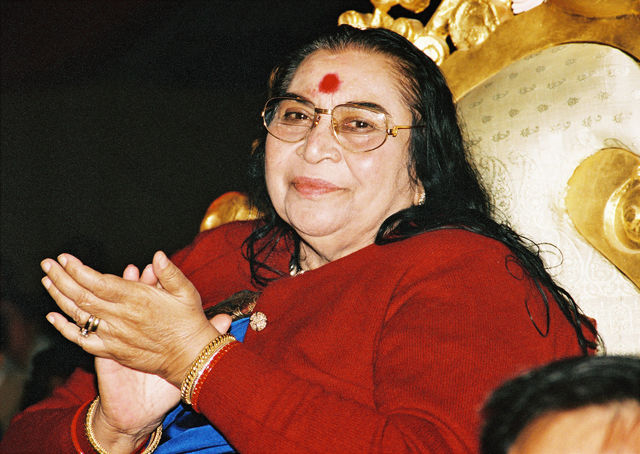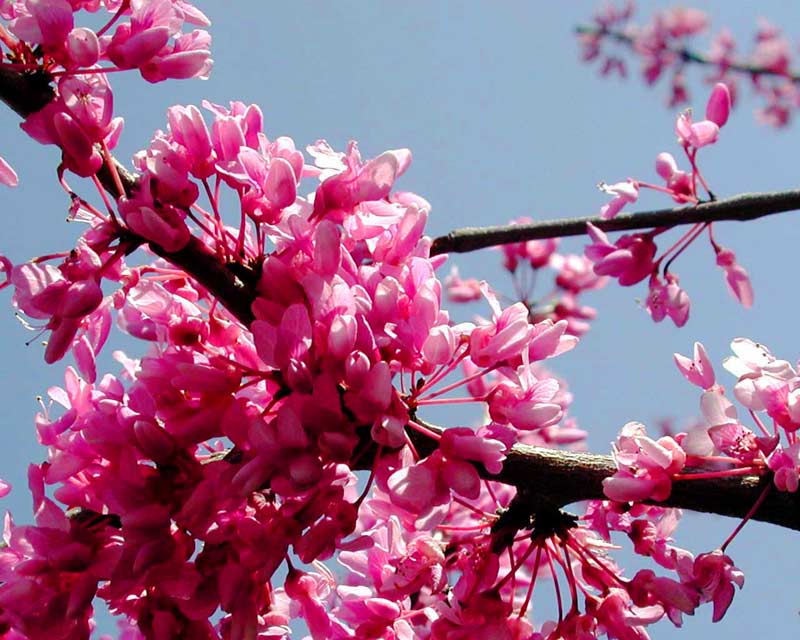Meditation
 On the evening of 12 December 1981 there was a meditation meeting held by Sahaja Yogis in Shri Mataji’s presence in England. Shri Mataji asked one Yogi of Polish origin to take an important role in the meditation. And She said to her, “Now you have to pray for Poland from your whole heart because there is a great danger coming. Pray that the bloodshed can be avoided.”
On the evening of 12 December 1981 there was a meditation meeting held by Sahaja Yogis in Shri Mataji’s presence in England. Shri Mataji asked one Yogi of Polish origin to take an important role in the meditation. And She said to her, “Now you have to pray for Poland from your whole heart because there is a great danger coming. Pray that the bloodshed can be avoided.”
So this Yogi prayed from her heart during the whole meditation. And next day it was announced that on the same night, 12-13 December, martial law was proclaimed in Poland. There was no war because nobody was fighting, but some people were put in gaol and some citizens’ rights were suspended. In Warsaw and other big cities there were tanks and the Polish army roamed the streets. There was a small fight in one of the coalmines, and ten workers were shot dead by the police.
The Polish Yogi was disappointed. She thought that her prayer and Shri Mataji’s efforts failed. But she didn’t know that all this was really a blessing. If on that night Shri Mataji hadn’t worked for Poland and hadn’t saved our country, we would have been in severe trouble because there were huge armies from all the communist countries waiting all around the Polish borders, ready to enter and massacre everyone. Even some of the troops inside Poland were from outside countries. Everything depended on this one night: only hours separated Poland from disaster.
I was in Poland at that time and I was really surprised by the mildness of the event. Of course, people were not happy, and many anti-communist people were held in gaol, but life was almost quiet and normal. In a short time the tanks disappeared from the streets and telephones started working, and although many telephone lines were tapped, it didn’t do much harm to the average citizen. There was little bloodshed, and no major problems.
The Polish Yogi told me her story recently when I brought her a Polish newspaper with the whole story of what had occurred that night. She was surprised, as she had not known before the full significance of the events of that night.
Hania Turczyn-Zalewska
Poland
 1. It’s easy.
1. It’s easy.
I don’t have to spend years living in the mountains to achieve enlightenment. I don’t have to give up anything or spend weeks in silence. I don’t have to learn mantras or wear special clothes or even try to clear my mind. The meditation simply happens spontaneously. The classes are easy and fun, and as long as I keep up my daily ten minutes of meditation I find I am able to achieve a deep and peaceful meditation on a regular basis.
2. It’s free.
I don’t pay for my meditation. Even my introductory 8-week course was free. There are no catches, and there are no hidden expenses. If I missed attending classes one week, it didn’t matter. I just picked up the classes again when I could manage it. It is simply the generosity of spirit of other Sahaja Yoga practitioners that allows Sahaja Yoga to be taught to whomever desires it, at no cost.
3. I can see results.
I felt the benefits from the first time I meditated. I felt relaxed and I felt a deep sense of calm. Now I can also feel my chakras (energy centres) and through the techniques learnt along the way I can understand the vibrations of my own energy centres. If I feel unwell I meditate and use the techniques I’ve learnt to clear my chakras, and I can then feel the centres clearing, and as a consequence my health improves.
4. It’s all-inclusive.
All the major religions and their core teachings are acknowledged and respected in Sahaja Yoga. No one spiritual journey is right or wrong. And through meditation the wisdom of all the great gurus and saints is easily revealed and understood. In fact, I’ve found that since I’ve been meditating I’ve come to understand and appreciate the teachings of great teachers such as Lao Tse, Buddha and Mohammed.
5. I’m my own boss.
I meditate and introspect at my own pace. I don’t have to keep up with others, or feel pressured into doing things I’m not comfortable with. I am my own teacher, my own guru, my own master. This technique of meditation empowers me and enables me to help myself. I don’t have to rely on anybody else. Of course, there are many people in Sahaja Yoga who can teach me a great deal about the meditation and its various techniques. However, all that I need is ultimately within me.
6. It’s everywhere.
Sahaja Yoga is practised in almost every country in the world. So, no matter where I travel (whether it’s within Australia or internationally) I can always locate a local Sahaja Yoga program that I can attend. Whenever I get the chance, and no matter where I am, I try to link up with other Sahaja Yogis and enjoy a collective meditation. (Meditating with others is a much deeper and more powerful experience than meditating alone.)
7. It’s portable.
I don’t need to take anything with me to meditate: no mats, no potions, no special clothing or books. I can meditate anywhere – in a quiet room or on a noisy bus; at the beach or watching a movie. Thoughtless awareness (the state of meditation) is easy to achieve if you keep meditating daily, and it can be achieved in almost any situation. (I was pleasantly surprised to learn this as I was under the misunderstanding that you had to have complete silence before you could meditate. And with two children, I can rarely find “complete silence” in our house!)
8. It makes sense.
Everything I’ve learnt makes sense. There is a lot of common sense in this meditation, and even though not everything was known to me (for example, the chakras and their respective qualities), once I had a chance to learn more about the meditation, it felt very natural and comfortable.
9. Everybody does it.
When you begin a hobby or join a new group, you often find that there are particular types of people who are in the group with you. For example, some groups attract younger people, others older folk; some groups have a lot of people who are wealthy, or people who live in a certain part of town. In Sahaja Yoga you will find people from every walk of life, from every demographic – male and female, young and old, rich and poor, every shape, size and colour, with varying interests, languages and beliefs. You don’t have to be a certain type of person to do this meditation. It is one of those rarities: something for everybody.
10. I feel good.
Without fail, every time I sit down to meditate I feel better. Whether I manage to have a deep meditation or not makes no difference. There is more laughter, joy and contentment in my life since I’ve started meditating, and as a consequence my family and friends are reaping the benefits.
Anna Penton
 When you first attend a Sahaja Yoga public program, you receive your Self-realisation. After this you will be able to meditate immediately. Before you leave the program, you will be shown how to meditate at home each day. Also, you will receive a diagram of the Subtle Body, showing the seven energy centres or chakras, the central channel which goes up the spine, the left and right channels and the places on your hands where the chakras are connected to the nerve endings in your hands.
When you first attend a Sahaja Yoga public program, you receive your Self-realisation. After this you will be able to meditate immediately. Before you leave the program, you will be shown how to meditate at home each day. Also, you will receive a diagram of the Subtle Body, showing the seven energy centres or chakras, the central channel which goes up the spine, the left and right channels and the places on your hands where the chakras are connected to the nerve endings in your hands.
Self-realisation is the term we give to the initial complete rising of the Kundalini within a person’s spine and out of the top of the head. The Kundalini (a Sanskrit word meaning coils) is the creative power, or energy, which has created this world and everything in it. It is the female energy of the Divine, God, Brahma, Jahweh, or whatever name is used in the great religions to denote the highest spiritual Power.
When a baby is in the womb, it is the Kundalini that creates it. Babies stop growing about two weeks before they are due to be born, and that is when the Kundalini coils up in the sacrum bone at the base of the spine.
So, everyone has his or her own Kundalini coiled up in the sacrum bone. When the time comes in your personal evolution to grow from being a limited human being operating from the level of the brain, to an unlimited spiritual being operating from the level of your own Spirit (the reflection of the Divine), the force that created you, your Kundalini, makes that growth happen. It is your own desire that causes this. Your personal desire to have something more than you have now – some sort of inner peace – will cause your Kundalini to rise up the central channel, inside your spine.
This happens at the Sahaja Yoga program because the person conducting the program is guiding you at this stage. As you are desiring it to happen, your Kundalini will rise through your chakras and out of the top of your head, connecting you to the Collective Unconscious, gently and sweetly. At this point you may feel a cool breeze coming out of the top of your head. This cool breeze is referred to in the scriptures of the world’s major religions, as being the sign of the “twice-born”, i.e. people whose Kundalinis have risen. The cool breeze you can feel is your Kundalini. Thousands of people are now at the stage of their personal evolution where this happens. The founder of Sahaja Yoga, Shri Mataji, calls this mass level of evolution “the blossom time”.
The Collective Unconscious was so named by the psychologist, Dr Carl Jung, because it is the area from which we receive all the wisdom of the Divine. Some of the dreams we receive come from the Collective Unconscious; some do not. The wisdom received by the great souls who wrote the scriptures came to them from the Collective Unconscious when they were in meditation.
When your Kundalini comes up it connects you to the Collective Unconscious. When you learn, at Sahaja Yoga programs, how to keep your Kundalini up all the time, you will receive wisdom from your meditation, which will improve your daily life.
The most important time of your life now is when you receive your Self-realisation. You have it because you deserve it. It is wonderfully exciting to have one’s Self-realisation and be continually growing spiritually.
 I decided to try Sahaja Yoga meditation due to health reasons. I suffered from severe migraines, and I was sick of taking a range of strong medication to relieve them, and “losing” days due to the medication’s side-effects of nausea and grogginess. I found a local Sahaja Yoga class and started attending once a week. I wasn’t sure what to expect, but as I had tried other meditations I felt quite comfortable turning up.
I decided to try Sahaja Yoga meditation due to health reasons. I suffered from severe migraines, and I was sick of taking a range of strong medication to relieve them, and “losing” days due to the medication’s side-effects of nausea and grogginess. I found a local Sahaja Yoga class and started attending once a week. I wasn’t sure what to expect, but as I had tried other meditations I felt quite comfortable turning up.
The people who ran the classes were very nice, and I felt at home immediately. There were a handful of other attendees in the local community hall, and so we began. The subtle system was explained to us, and also a little on the various chakras or energy centres. I found it all very interesting, and was keen to continue.
We were guided through a short meditation. Afterwards, we were asked if we felt anything – perhaps a cool (or warm) breeze on our palms or the tops of our heads. All the people in the room put up their hands to acknowledge that they had felt something. Heads nodded, and there were smiles all around. But I felt nothing. I put my hand up, however, to acknowledge that I had felt something because I didn’t want to look stupid! All these other sensible, normal people could feel it. So I didn’t want to be the only one who missed out. I simply went along for the ride, agreeing with most things, but also enjoying the stillness of the meditation, and the information that came with our “experience”.
When I left the class I felt very relaxed. I’d had no amazing feelings; no out-of-body experience; simply a quietness and calmness. I tried to meditate at home during the week by following the brochure I had been given. Again, I couldn’t feel anything, but the ten minutes that I spent meditating became my quiet time. “Mum time”, my kids called it. It became my ten minutes of sanity and battery re-charging.
The following week I went along once more to classes, and the rest is history, as they say! I’ve been meditating now for six years. Whilst it took a very long time for me to feel the cool breeze on either my hands or my head, what I did feel was something inside. I simply felt better, and all aspects of my life seemed to improve because of this.
Looking back after six years, I can tell you what has happened to me. My migraines have almost completely gone, my health is good, and I can now “feel” when I have a chakra that needs attention. Consequently, now I can pay attention to my body’s needs, before a problem may arise.
A girlfriend once asked my 16-year old son, “What is this meditation business your Mum is doing all about? Is it any use?” His answer was, “She doesn’t yell at us anymore.” You could have knocked me over with a feather. I didn’t think I yelled at my kids! OK, a little bit maybe, but I had no idea I was having such a negative impact on my children. Now with the meditation I handle situations (both difficult and everyday ones) more easily and quickly. My response to my children, and other people I come in contact with each day, is positive and easy. Everybody’s happier!
There is so much more to Sahaja Yoga meditation than I have covered here, but I just wanted to let people know that it doesn’t matter what you may “feel” when you begin meditating, or even what you may think or understand about it. Just relax and sit in meditation, and it all seems to work out. You don’t even have to “do” the meditation. It is the easiest way to become centred; even my 6-year old can do it. And some days when I find I can’t meditate properly, because my brain won’t be still, or because I’m busy, I still gain serenity from sitting down for my ten minutes of peace. Now I’m pleased to say I often sit for longer than ten minutes to meditate, but the amount of time is not important – it’s the process of going within that gives me peace and serenity.
Good luck, have fun and enjoy the results!
Anna Penton